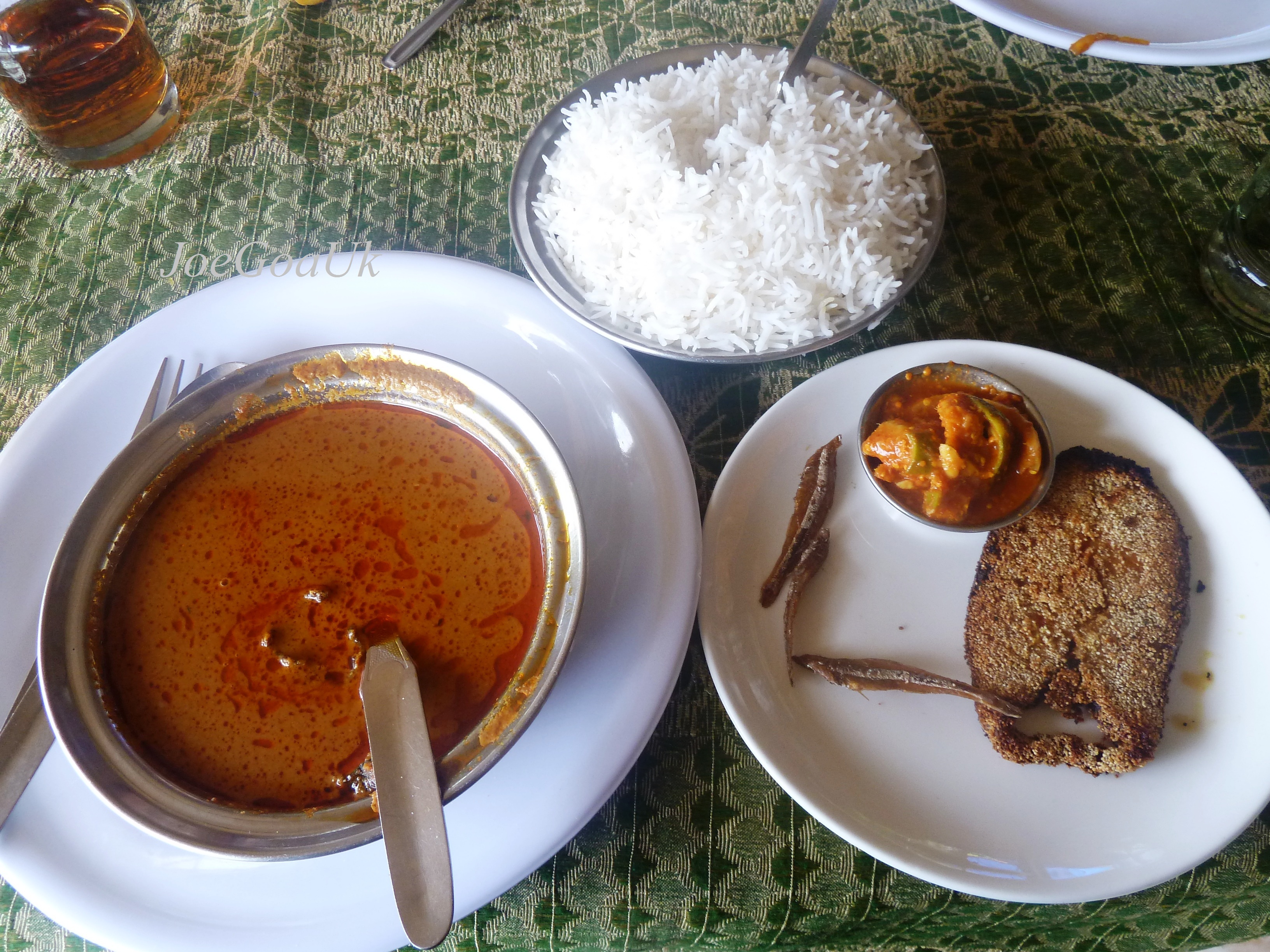 |
| Swami Vivekananda {{PD-US}} http://www.yoga-thailand.com/respect.html, Public domain, via Wikimedia Commons |
Swami Vivekananda, an Indian spiritual leader and philosopher, is widely revered for his profound insights on life, spirituality, and human potential. His teachings transcend time, offering timeless wisdom that continues to inspire individuals globally.
Through his speeches, writings, and actions, Vivekananda revolutionized the way the world perceives spiritual awakening and self-realization. His legacy resonates deeply with people seeking a path to inner peace, enlightenment, and personal empowerment.
This essay explores the core teachings of Swami Vivekananda, shedding light on his philosophies regarding self-realization, the nature of the soul, the importance of service, and the unity of all religions.
1. The Concept of Self-Realization and Inner Potential
At the heart of Swami Vivekananda’s teachings lies the concept of self-realization. He often emphasized that the essence of life is not found in external possessions or superficial achievements but in realizing one's true nature. According to Vivekananda, the soul is eternal, pure, and unchanging. However, due to ignorance and attachment to worldly desires, human beings are unable to perceive their innate divinity.
In his famous speech at the Parliament of the World's Religions in 1893, Vivekananda articulated that true spirituality does not require one to renounce the world but rather to renounce ignorance. He believed that self-realization is achieved through the awakening of one's latent potential, which resides within every individual. "Arise, awake, and stop not till the goal is reached," he proclaimed, urging individuals to pursue their higher purpose with dedication and perseverance.
Self-realization, according to Vivekananda, is not an abstract philosophical concept but a practical pursuit that requires meditation, introspection, and a deep connection to one's inner being. By engaging in these practices, individuals can free themselves from the shackles of ego and material desires, thereby attaining the ultimate state of spiritual freedom.
2. The Nature of the Soul and the Unity of All Beings
Vivekananda's teachings also place great emphasis on the nature of the soul and its relationship with the universe. He expounded upon the Vedantic concept of non-duality, which asserts that all living beings, despite their external differences, share a common divine essence. According to Vedanta, the ultimate reality is a singular, formless, and all-pervading consciousness known as Brahman. The individual soul, or Atman, is a fragment of this universal consciousness and is intrinsically linked to the supreme reality.
Swami Vivekananda believed that the realization of this unity between the individual soul and Brahman leads to spiritual enlightenment. He famously said, “You are the Soul, you are the immortal Self. You are divine and perfect. Recognize this truth, and free yourself from the illusion of separateness.”
Vivekananda's teachings encouraged people to look beyond superficial differences based on caste, creed, race, or nationality and recognize the inherent unity of all beings. This understanding of the interconnectedness of all life forms was central to his call for social reform and global harmony. He envisioned a world where individuals would transcend their narrow identities and realize their higher purpose as part of a collective consciousness.
3. Service to Humanity as a Path to Spirituality
One of the most important aspects of Swami Vivekananda’s teachings is his emphasis on selfless service. He believed that true spirituality is not confined to solitary meditation or asceticism but is also manifest in compassionate action toward others. According to Vivekananda, every individual has the potential to serve society, and through this service, one can attain spiritual fulfillment.
Swami Vivekananda often said, “Service to mankind is service to God.” He believed that serving humanity is a direct path to realizing one's connection with the divine. This view was inspired by his deep understanding of Vedantic philosophy, which teaches that the divine resides in all beings. Therefore, serving others is a way of serving God, and this selfless service brings one closer to spiritual realization.
Vivekananda encouraged people to dedicate themselves to the welfare of others, particularly the poor and downtrodden. He was deeply concerned with the social issues of his time, including poverty, illiteracy, and the caste system. His teachings emphasized the need to uplift society by promoting education, equality, and social justice. For Vivekananda, the path to liberation was not one of isolation but one of active engagement with the world and its suffering.
4. The Importance of Strength and Willpower
Swami Vivekananda was an ardent advocate of personal strength, resilience, and willpower. He believed that every individual has the potential to achieve greatness, but this potential can only be realized through the cultivation of mental and spiritual strength. According to Vivekananda, one must not succumb to fear, doubt, or weakness but must overcome these obstacles through determined effort and willpower.
He famously declared, “You cannot believe in God until you believe in yourself.” This statement encapsulates his belief that self-confidence and inner strength are crucial for spiritual growth. To Vivekananda, the human mind was an extraordinary tool that, when properly harnessed, could lead one to the highest realms of knowledge and wisdom.
He also emphasized the importance of self-discipline and perseverance in the pursuit of both worldly and spiritual goals. Whether striving for academic excellence, personal growth, or service to others, Vivekananda believed that individuals must maintain a steadfast focus on their objectives and never give up in the face of adversity.
5. The Unity of All Religions
Another key aspect of Vivekananda’s philosophy was his advocacy for religious tolerance and the unity of all religions. In his famous address at the Parliament of Religions in Chicago, he delivered a powerful message that all religions, despite their outward differences, lead to the same truth. He argued that each religion, in its essence, is a path to realizing the same divine reality, and therefore, all religions should be respected and embraced.
Vivekananda’s vision of religious unity was rooted in his deep understanding of Vedanta, which teaches that all paths lead to the same ultimate truth. He rejected the idea of religious exclusivism and emphasized that no one religion has a monopoly on spiritual truth. According to Vivekananda, the diversity of religious practices and beliefs was simply a reflection of the different ways in which human beings perceive the divine.
He urged people to look beyond sectarian differences and focus on the commonalities shared by all religions, such as the pursuit of truth, compassion, and self-realization. This inclusive approach to spirituality was revolutionary at the time, as it challenged the prevailing notions of religious superiority and intolerance.
6. The Role of Education in Nation Building
Swami Vivekananda was also deeply passionate about the role of education in the development of both individuals and society. He viewed education as the key to unlocking the full potential of humanity and believed that a truly enlightened society could only emerge through the empowerment of its people through knowledge.
Vivekananda’s approach to education was holistic, encompassing both the material and spiritual aspects of human development. He believed that education should not only focus on intellectual development but should also nurture character, ethics, and moral values. For Vivekananda, true education was the process of awakening the innate wisdom and strength within each person, thereby helping individuals discover their higher purpose.
He advocated for a practical form of education that would equip individuals with the skills necessary to contribute meaningfully to society while simultaneously fostering spiritual growth. His ideas on education were visionary, emphasizing the importance of self-reliance, critical thinking, and a deep sense of social responsibility.
7. The Power of Meditation and Contemplation
Central to Swami Vivekananda’s teachings was the practice of meditation and contemplation. He believed that the mind, when trained properly through meditation, could become a powerful instrument for spiritual growth. Vivekananda taught that meditation allows one to transcend the limitations of the physical body and connect with the higher dimensions of consciousness.
Through meditation, individuals can quiet the noise of the external world and turn their attention inward, thereby gaining clarity and insight into their true nature. Vivekananda described meditation as a means to control the restless mind and access the higher realms of awareness. He emphasized that meditation is not a passive activity but an active engagement with the divine.
Vivekananda also highlighted the role of concentration and mindfulness in meditation. He taught that by focusing the mind on a single object or idea, one could gradually expand their consciousness and experience a deeper connection with the divine. His teachings on meditation remain a cornerstone of modern spiritual practices and continue to inspire millions of individuals seeking inner peace and self-realization.
Conclusion: The Everlasting Relevance of Swami Vivekananda's Teachings
Swami Vivekananda’s teachings continue to inspire people across the world, offering a timeless message of self-realization, service, strength, and unity. His philosophy, rooted in the ancient wisdom of Vedanta, is as relevant today as it was during his time. His call for spiritual awakening, social reform, and the integration of religious diversity remains a beacon of hope for individuals striving for personal growth and societal transformation.
By embracing Vivekananda’s teachings, we can strive to transcend the limitations of ego and ignorance, awaken our innate potential, and contribute to the betterment of society. Whether through the practice of meditation, the pursuit of education, or selfless service to others, Swami Vivekananda’s teachings offer a pathway to a more enlightened and compassionate world.
In the words of Vivekananda himself, “The world is the great gymnasium where we come to make ourselves strong.” By internalizing his wisdom, we can each become a force for positive change, both in our own lives and in the world around










